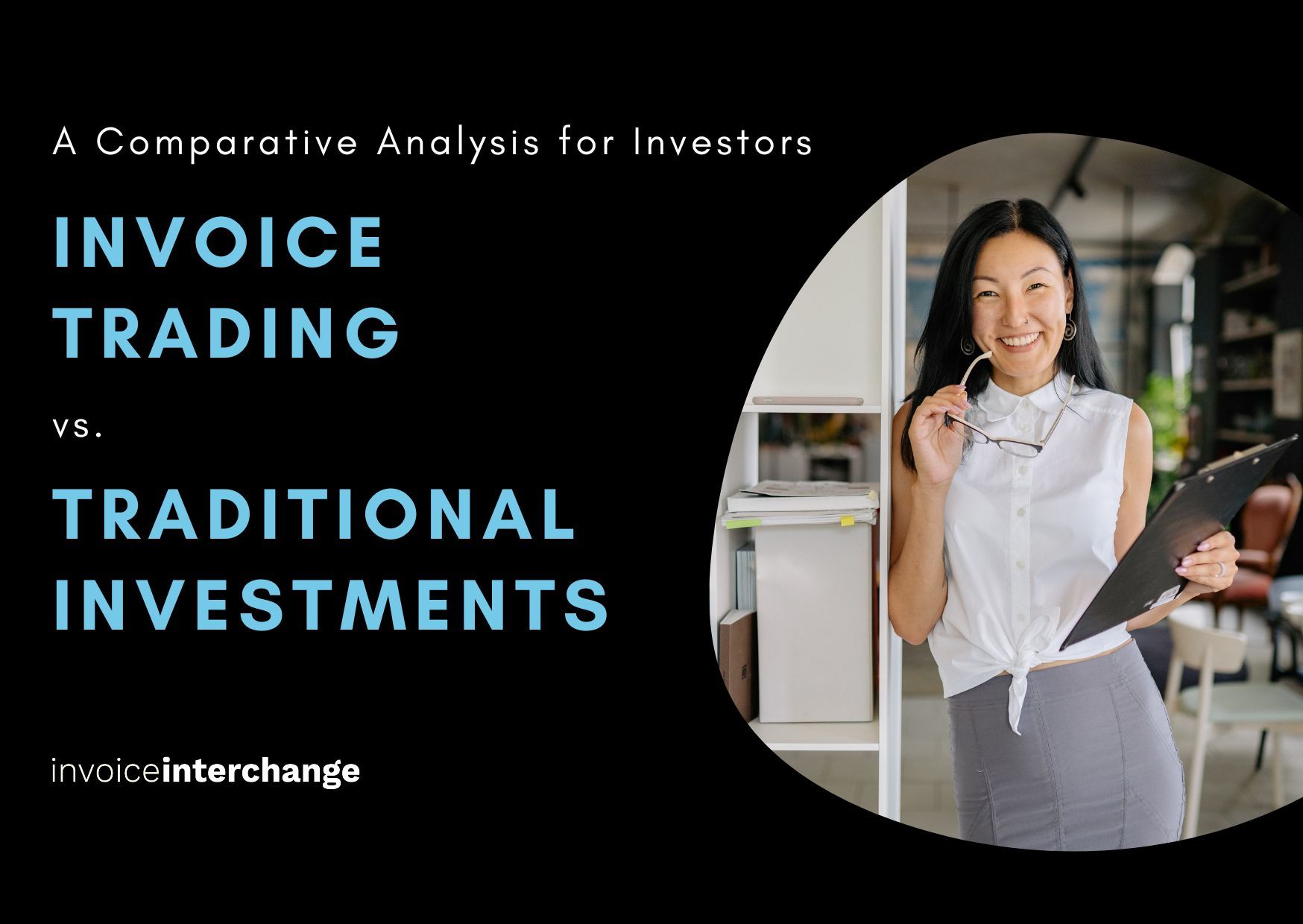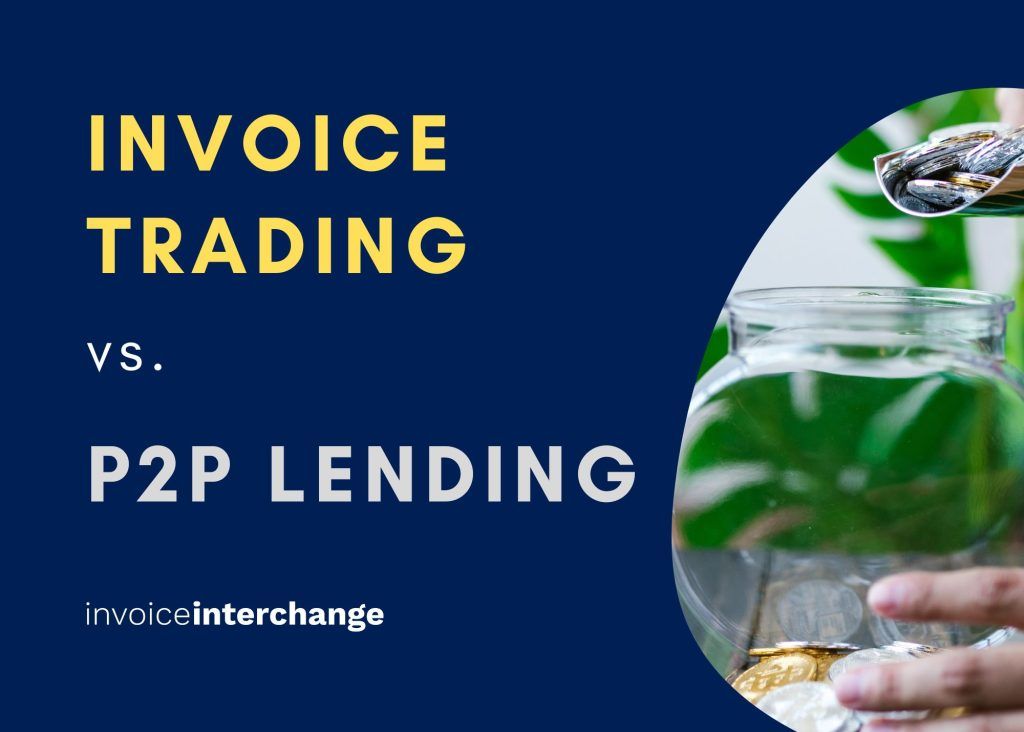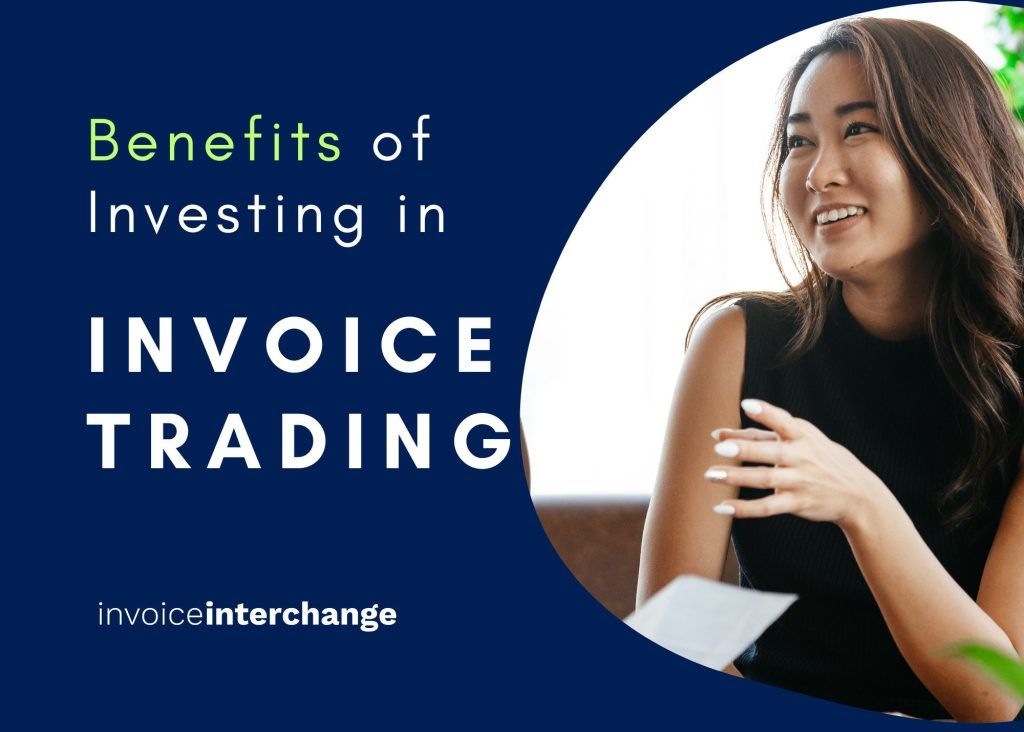This blog – “Finding the Best Investment Strategy” was originally posted on Call Levels blog post on 13th June 2016, by Marcia Zhou
Is there such a thing as an optimal investment strategy?
Let’s compare two people who invest in US treasury bonds (Treasuries), except that A starts investing at the age of 20, and B starts investing at the age of 30. Who will end up with more return from their investments?
It doesn’t take a rocket scientist to figure out that, given all else equal, the one who invests earlier will likely end up with more return in the end. Here’s why: Assume you target to earn 1 million US dollars for retirement, and you plan to retire at age 65. Also, assume that you can earn 10% a year on investments before retiring.

(source: www.jobsandcareersmag.com)
This is how much savings you need to reach one million US dollars at retirement age:
- At age 20, you need monthly savings of $120 and yearly savings of $1440
- At age 30, you need monthly savings of $330 and yearly savings of $3960
- At age 40, you need monthly savings of $900 and yearly savings of $10,800
Such is the essence of compounding interest. The lesson here is that time is our greatest asset. Generally it’s better to invest earlier rather than later, regardless of the budget. Investment planning is kind of like a weight-loss program. It doesn’t matter what kind of exercise you decide to do, getting started is the key.
Get Started with Personal Investment
If you’re a fresh grad who has just signed your first employment contract, haven’t much insight about the stock market or investment in general, and can’t afford to work with a financial advisor, what would you do with your first signing bonus?
Historical performance of actively managed funds shows that you’re probably better off saving up your first signing bonus or investing it in your employer’s plan.Employer’s plans usually have no minimum investment requirement, offers tax advantages and some choices of low-cost mutual funds.
1. How to Save Better

(source:dojoblog.net)
If you choose to save up first, you might also consider depositing your salary into a credit union rather than a bank, because credit unions are owned by members rather than shareholders, and profits are distributed back to members in the forms of lower fees and inexpensive loans. Not saving enough is often more problematic than not knowing how to invest, according to Wharton professor Kent Smetters. Even small mistakes in terms of saving can be costly in the long run.

(source: yourmoney.com)
For a regular working person, a good rule of thumb is to set aside 3 to 6 months of living expenses in case of emergency. Anyone with a less stable job may need to set aside more. Emergency money or savings can be a good place for certificates of deposits (CDs), which has the backing of FDIC insurance and is ones of the safest investments you can make.
Young couples may not be able to save much, but every dollar counts when it comes to saving for their child’s college fund. If parents save $1 a day, starting from the day when their child is born, and earn 6% annually, their child will be able to receive approximately $11,000 when he turns 18. At the age of 30, the child will be able to receive approximately $29,000. In the States, parents can choose the 529 plan, which allows them to remain in control and doesn’t automatically give the money to their child when the child turns 18 or 21.

(source: moneynewsdaily.com)
Among other things, time horizon plays an important role in one’s risk appetite. A young working person who doesn’t plan to retire any time soon is likely to invest in riskier assets to pursue long-term growth, under the assumption that he has time to recover from short term market fluctuations. Some years later, the same investor may expect to use money soon and therefore is likely to reduce exposure to risky assets, so that unexpected violent market swings may not greatly impact his net worth.
2. Find Your Optimal Risk Appetite

(source: griffinadvisoryservices.com)
What defines the best investment strategy can be different for everyone.Generally, younger people can afford to take on more risk, so they can invest a larger proportion of their cash into riskier assets like stocks that can potentially give them higher return. Exactly how much more to invest in riskier assets depends on the investor’s own comfort level with risk. As a rough guide, subtract the investor’s age from 100, and that’s the percentage of money to invest in riskier assets, with the rest to be invested in less risky assets.
Another risk to keep in mind is irregular risk, or risk that is not positively correlated with the stock market. For example, spot gold prices rose in 2008 when the S&P 500 dropped, and the reverse happened in 2013.
If you’re a knowledgeable investor with relatively low risk appetite and long planning horizon, like Warren Buffett in his early days, how would you invest? Like Warren Buffett, you might consider investing in a good business and let the snowball effect of compounding interest take over. A good business is a growing business, one with a high rate of return on tangible assets. However, it doesn’t mean that the stock price of a good business won’t fluctuate in the short term.
Benjamin Graham compared the securities market to a moody, irrational and unpredictable person, who might sell you his business at the highest price when he feels confident or the lowest price when he feels insecure. The stock market may act irrationally at times, but in the long run it will price individual stocks in line with their intrinsic values.

(source: mercenarytrader.com)
It’s therefore important for the investor to be aware of his emotional reactions and distinguish them from cognitive abilities. In this case, it’s necessary to resist the temptation to react to sudden drops in stock prices and the urge to let investment decisions be influenced by macro views, including general views on the stock market, currency exchange rates, and commodity prices. If a 20-30% drop in stock price is going to produce emotional or financial distress, perhaps it’s best to avoid investing in common stocks.
3. Best Investment Strategy for Individual Investors
Data suggests that investing in an actively managed fund does not necessarily produce better results than buying the stock index. Active management has been outperformed by passive investment more than half the time in the long run. Over the past 20 years, the market index delivered approximately 7% compound annual growth rate, while individual investors delivered approximately 2% compound annual return. Individual investors often underperform the stock index because they have the tendency to sell their assets near the bottom of the market, and re-enter when prices have already bounced back.

(source: investingforme.com)
For more details, please refer to the following link:
Back in the 1960s, Warren Buffett predicted two investment mega-trends:
- Importance of the index (instead of absolute return) as the benchmark
- Psychological factors responsible for underperformance of active managers
In his 2013 annual partnership letter, Warren Buffett outlined his will. Cash will be delivered to a trustee for his wife’s benefit, and his advice to the trustee is:
- 10% in short term government bonds
- 90% in a very low cost S&P 500 index fund, such as Vanguard’s
There’s some merit in investing in the stock index instead of investing in individual stocks, which is the “do nothing” approach. It’s much more likely for an individual company to go bankrupt than for 500 companies to go bankrupt altogether. If the investor is putting money in all 500 stocks in the S&P 500, he doesn’t have to do large amounts of research on individual companies, and it’s unlikely that he will lose it all.
4. Risk Management is Volatility Management
If you choose to manage your own investment portfolio, diversification is important in managing downside risk. There are plenty of investment options besides stocks, including bonds, CDs, stock options, funds and others. In comparison, stocks, stock options, real estate investment trusts (REITs), managed futures are riskier assets; CDs, bonds, and fixed annuities are more conservative investments.

(source: imoney.ph)
CDs, Treasury Note, or fixed annuity all pay a similar low rate of return. Interest rates for corporate bonds are usually higher than CDs because these bonds do not have the backing of FDIC insurance. Dividend paying stocks can also work in a similar way, but a bond would be more suitable if steady income is the primary goal. Municipal bond are issued by state and city governments. Investors may not need to pay federal or state income tax on municipal bond interests.
If it helps, imagine that you have three buckets of investment tools, as financial planner Ray Lucia would suggest:
- The first bucket has mainly safe or guaranteed investments, such as savings accounts, CDs, Treasuries, fixed annuities, or high quality short term bonds;
- The second bucket has a 6% annual return goal and may have medium term bonds, balanced funds, certain types of annuities, and maybe even a few dividend-paying stocks;
- The third bucket may have stocks, stock mutual funds, and perhaps some real estate or real estate investment trusts. The third bucket is not for money that you plan to use in the short or medium term.

(source: igloovote.com/)
Generally speaking, lower risk investment means lower returns. Between 1980 and 2013, the compound annual growth rate of the Barclays US Aggregate Bond Index (“Barclays Aggregate”), which measures the performance of investment grade bonds in the United States, was approximately 3% lower than that of the S&P 500. On the other hand, the lowest single year return rate for the Barclays Aggregate was -3%, while the lowest single year return rate for the S&P 500 was -37%. A portfolio that invested in both indices would have been less profitable but also less volatile than investing in the S&P 500 alone.
For more details, please refer to the following link:
The purpose of diversification isn’t to maximize returns, but to limit the volatility of a portfolio. Given the option to invest in US equity funds, non-US equity funds, bond funds and short-term investment funds between 1926 and 2010:
- If an investor invested 70% in US equity funds and 30% in non-US equity funds, he would gain an average annual return of approximately 10%, with highest single year return of 160% and lowest single year return of -67%;
- If he invested 50% in US equity funds, 25% in bond funds, 20% in non-US equity funds and 5% in short-term investment funds, he would instead gain an average annual return of approximately 8-9%, with highest single year return of 110% and lowest single year return of -53%;
- If he was extremely risk averse and only invested in short-term investment funds, he would have gained an average annual return of 3-4%, with highest single year return of 15% and lowest single year return of -0.04%.
For more details, please refer to the following link:
Another way to manage volatility is dollar cost averaging. If you have $1000 dollars to invest, instead of using all of the $1000 to buy stocks at once, you could buy $100 worth of stocks once a month, for 10 consecutive months. In a declining market, you would be able to buy stocks at lower prices.
5. How to Stay Informed

(source: cdn2.hubspot.net)
Actively managing personal investment means you need to stay up-to-date on the markets all the time. Nowadays, people no longer need to rely on newspaper, glue their eyes to TV or computer screens, or call their brokers ever so often just to check on their stock prices. As long as they have the right softwares and data tools, they will be able to monitor the markets and make decisions anytime.
When you don’t have the bandwidth, sometimes it’s necessary to find a reliable financial advisor. When choosing a financial advisor, sometimes investors are concerned that there might be potential conflict of interest. Financial advisors are trying to make a living, and they may get paid more if they can sell more of their companies’ products, or if they can source more and wealthier clients. One easy way for investors to get objective investment advice may be a fee-based (or wrap) account. It also helps to ask the financial advisor about his professional experience, such as the best and worst moves he’s ever made in investment.

(source: oblaw.com)
My favorite quote by financial advisor Joe Spurgeon is “remember to treat investments like underwear”. What suits someone else may not be suitable for you. Be an active money manager, find out your strengths and weaknesses as an investor, know your risk tolerance, and last but not least, take advantage of available resources and technologies to closely monitor your assets.
Related articles
Related Articles

Invoice Trading vs. Traditional Investments: A Comparative Analysis for Investors

Invoice Trading vs P2P Lending

